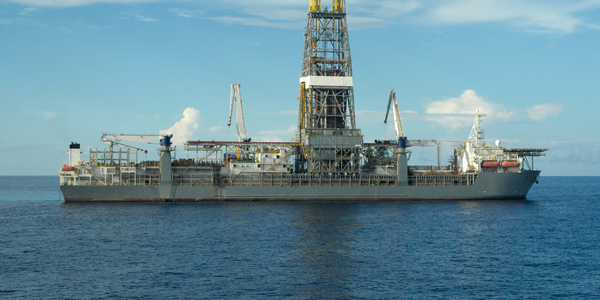Technology Category
- Application Infrastructure & Middleware - Event-Driven Application
- Sensors - Gyroscopes
Applicable Industries
- Buildings
- Marine & Shipping
Applicable Functions
- Product Research & Development
- Quality Assurance
Use Cases
- Structural Health Monitoring
- Tamper Detection
Services
- Testing & Certification
About The Customer
Assystem is a company with 50 years of experience and has become a key partner of the world's largest industrial groups including Airbus, Areva, Alstom, EDF, EADS, General Electric, MTU, Peugeot, Renault, Rolls-Royce, Safran, Thales and more. They are involved in designing and developing the products and services of tomorrow, building and ensuring the optimum use of their investments throughout the life cycle, coordinating and executing the realisation of their projects and infrastructure. Assystem's engineering teams make the difference and instil trust.
The Challenge
The challenge was to assess the capability of a ship's rudder assembly to withstand the shock loading following a nearby blast event. This was a critical task as the engineers in the Marine, Shipbuilding, and Offshore industries face many design challenges including physical space constraints, extreme weather conditions, deep water and remote locations. These constraints create an extreme environment for the engineer to develop a sound, reliable and safe operating platform. Prior to the installation of a modified design of a ship's steering gear, it was required to assess the capability of the rudder assembly to withstand the shock loading following a nearby blast event.
The Solution
To solve this problem, Assystem conducted dynamic explicit analysis using elastic-plastic material models. The mesh was produced using Altair's high performance finite element pre-processor HyperMesh, the analysis was conducted in leading structural solver RADIOSS, and the results were reviewed using post-processing tool HyperView. Multiple loading scenarios were solved to ensure that the limiting behaviour was captured. The model was verified using a combination of test cases compared to empirical solutions, by review of the in-built quality checks, and through monitoring output. In addition to strength checks, sectional forces and seal displacements were assessed. Design improvements have been implemented, based on the results of the analysis. The rudder carrier legs were strengthened to improve the bending resistance.
Operational Impact
Quantitative Benefit

Case Study missing?
Start adding your own!
Register with your work email and create a new case study profile for your business.













